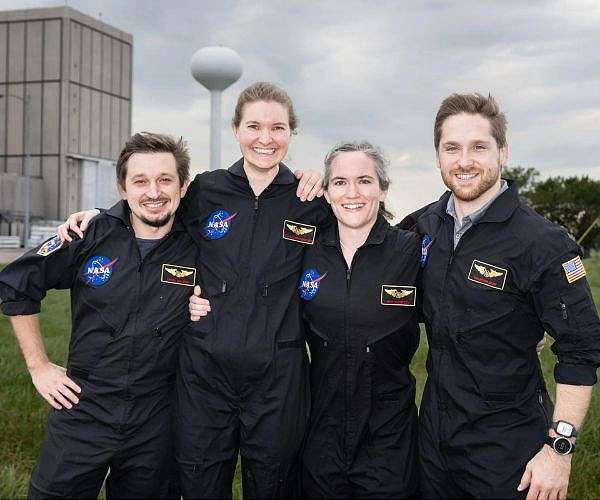[ad_1]
What time is it on the moon? NASA’s trying to figure that out
by Don Jacobson
Washington DC (UPI) Sep 12, 2024
NASA said Thursday its Space Communication and Navigation program is taking the lead on an effort to establish a Coordinated Lunar Time standard as humans prepare to return to the moon.
The program, also known as SCaN, will coordinate with various stakeholders on a timekeeping effort to “enable a future lunar ecosystem” that could also be extended to Mars and other locations in solar system, NASA officials said in a blog post.
The need for a coordinated time standard on the moon and elsewhere in space will become increasing important as NASA’s Artemis campaign prepares to establish a sustained presence on and around Earth’s satellite and as the commercial space industry grows.
With more nations are active at the moon, there is a greater need for time standardization, said Ben Ashman of the SCaN program.
“A shared definition of time is an important part of safe, resilient, and sustainable operations,” he said.
The effort is coming after the Biden administration in April issued a directive for the establishment of a Coordinated Lunar Time standard, under which NASA was tasked with providing a finalized strategy to the White House for implementation no later than Dec. 31, 2026.
Among the reasons a uniform lunar time zone is needed is because the moon’s weaker gravity makes time appear to pass more quickly there than on Earth. As first predicted by Albert Einstein and his theory of special relativity, time is relative to the observer — atomic clocks on the lunar surface would tick faster than those on Earth by about 56 microseconds per day.
While the difference is small its implications are huge for human space travel — the lag could disrupt the precise timing needed for important activities like spacecraft landings and communicating with Earth.
Thus, under a plan developed by the National Institute of Standards and Technology, a new master “Moon time” has been formulated to serve as the timekeeping reference specifically for the entire lunar surface, similar to how Coordinated Universal Time functions on Earth.
“It’s like having the entire moon synchronized to one ‘time zone’ adjusted for the moon’s gravity, rather than having clocks gradually drift out of sync with Earth’s time,” NIST physicist Bijunath Patla said last month.
The establishment of a coordinated lunar time is also essential for another reason — the building of a lunar geo-positioning, or GPS, system which will be crucial for executing precise navigation and positioning of human activity on the moon.
If such as system were built using a series of precise atomic clocks placed in lunar orbit, it would enable more accurate landings and more efficient hunting for lunar resources, researchers say.
Related Links
Understanding Time and Space
[ad_2]
Source link





No comments! Be the first commenter?